Do I Need a Permit to Build a Dock in the U.S.?
(Complete Guide to Floating vs. Permanent Dock Permitting
Requirements)
By AquaMax | October 2025

Quick Answer
Yes, in most cases you’ll need a permit to build a dock in the U.S. The type and complexity of the permit depends on:
- Whether your dock is in navigable waters (federal jurisdiction)
- Your state and local regulations
- Whether you’re building a floating (temporary) or permanent dock
- The dock’s size and environmental impact
Floating docks typically require simpler permits and can often qualify for general permits, while permanent docks usually need full environmental review.
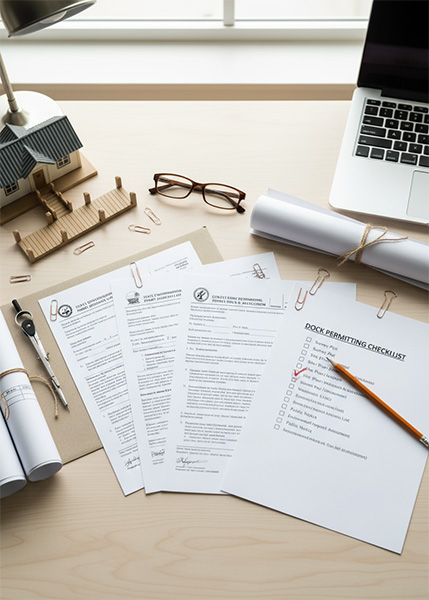
Building a dock is one of the best investments for waterfront property owners. However, understanding permit requirements can be confusing. This comprehensive guide explains exactly what permits you need, how long they take, and how to navigate the process successfully.
Understanding Dock Types: Floating vs. Permanent
Before determining permit requirements, you need to understand which type of dock you’re building. The distinction between floating and permanent docks significantly affects permitting complexity, costs, and approval timelines.
Floating Docks (Temporary Structures)
Floating docks are lightweight, removable structures that rise and fall with water levels. They’re typically built on LLDPE (linear low-density polyethylene) rotationally molded floats.
Key Characteristics:
- Do not disturb the seabed or lakebed
- Can be installed seasonally and removed in winter
- Often qualify for simplified or general permits
- Ideal for areas with fluctuating water levels, ice, or freezing conditions
- Lower environmental impact due to removability and light penetration underneath


Permanent Docks (Stationary Structures)
Permanent docks are built on pilings, cribs, or concrete footings driven into the lake or seabed. They provide stability and durability but come with more regulatory requirements.
Key Characteristics:
- Almost always require full permit review and environmental clearance
- Can impact shoreline vegetation, sediment, and fish habitat
- Often require wetlands determination before construction
- Ideal for commercial marinas or heavy-use applications
- Longer approval process (3-6 months or more)
Floating vs. Permanent Dock Comparison
Factor | Floating Dock | Permanent Dock |
Permit Type | Often general permit | Typically individual permit |
Approval Time | 2 weeks to 2 months | 3-6+ months |
Environmental Review | Minimal to moderate | Extensive (required) |
Permit Cost Range | $100 – $1,500 | $1,000 – $10,000+ |
Seabed Impact | None or minimal | Permanent alteration |
Seasonally Removable | Yes | No |
Federal Permit Requirements
Federal regulations apply whenever your dock is in “navigable waters” – rivers, lakes, bays, and coastal areas where boats can travel. The U.S. Army Corps of Engineers (USACE) administers two key federal laws governing dock construction.
Clean Water Act Section 404
If your dock involves dredging, filling, or altering the lakebed or shoreline, you’ll likely need a Section 404 Permit from the USACE. For many small residential docks, you can apply under a Nationwide Permit, which simplifies the process.
Important: Floating docks that don’t disturb the substrate often qualify for Nationwide Permit 13 (Bank Stabilization) or may not require Section 404 authorization at all, depending on their design.
Rivers and Harbors Act Section 10
You’ll also need Section 10 authorization if your dock is in navigable waters. The Corps reviews your plans to ensure safe navigation and minimal environmental impact. This can often be combined with Section 404 permitting.
Contact: Visit the
U.S. Army Corps of Engineers Permitting Information
State-Level Permit Requirements
Every state adds its own layer of regulation on top of federal requirements. Here’s a detailed overview of the major coastal states with the most dock construction activity.
State-Level Permits (Key Coastal States)
Every state adds its own layer of regulation. Here’s a quick overview of the big ones:
Why it matters: Florida has extensive coastline and strict coastal permitting due to sensitive ecosystems.
- Regulatory Agency: Florida Department of Environmental Protection (FDEP)
- Permits Required: Environmental Resource Permit (ERP) for both floating and permanent docks
- Simplified Rule: Single-family docks under 500 square feet that meet setback rules can often use an Exemption or General Permit
- Environmental Review: Required if near seagrass, mangroves, or manatee habitat
Florida
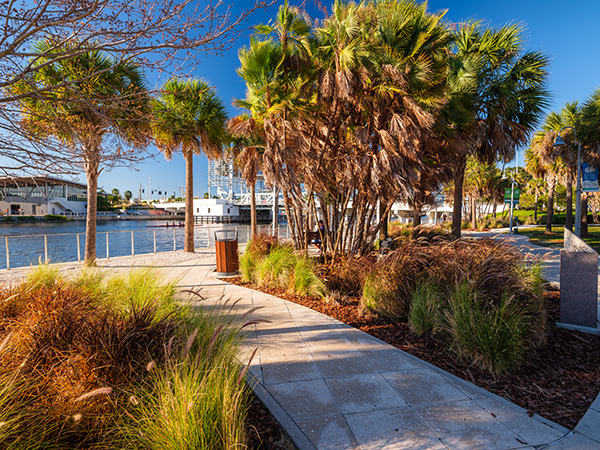
California
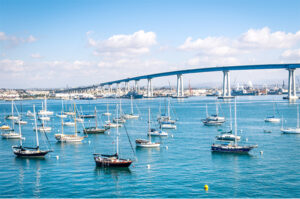
- Regulatory Agencies: California Coastal Commission and local harbor authorities
- Floating Docks: Easier to permit if removable and non-motorized
- Permanent Docks: Require a Coastal Development Permit and sometimes CEQA environmental review
- Special Note: Near tidal wetlands, expect review by both USACE and State Lands Commission
- Regulatory Agency: Washington Department of Fish and Wildlife (WDFW)
- Required: Hydraulic Project Approval (HPA) for anything affecting water or shoreline
- Floating Docks: Approved faster if using fish-friendly materials and avoiding eelgrass
- Permanent Docks: Must comply with Shoreline Management Act and local shoreline master programs
Washington
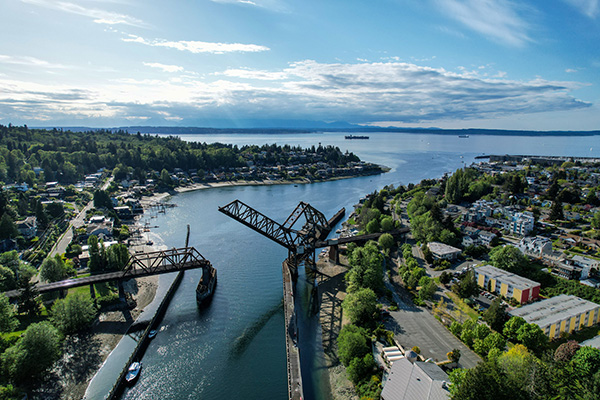
New York
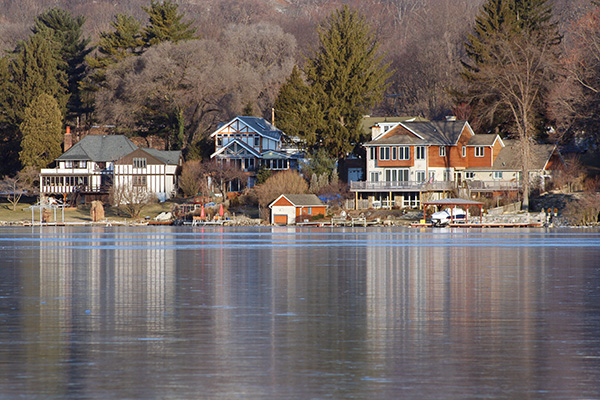
- Regulatory Agencies: Department of Environmental Conservation (DEC) and local municipalities
- Residential Docks: May qualify for Protection of Waters Permit (Article 15)
- Floating Docks: Easier approval if removed seasonally and under 200 square feet
- Permanent Docks: Require full environmental review in wetlands or tidal areas
- Regulatory Agency: Department of Environmental Protection (MassDEP)
- License Required: Chapter 91 Waterways License for structures in tidal waters or great ponds
- Temporary Docks: May qualify for General License if small, removable, and non-commercial
- Permanent Docks: Require public notice and 30-day review period
Massachusetts

Permit Costs and Timeline
Permit costs vary widely based on dock type, location, and complexity. Here’s what to expect:
Typical Cost Ranges
- Federal Application Fees: $100-$300 for Nationwide Permits; $300-$2,000+ for Individual Permits
- State Permit Fees: $50-$500 for general permits; $500-$3,000+ for individual permits
- Engineering/Surveying: $500-$5,000 depending on project complexity
- Environmental Assessment: $1,000-$10,000 for sensitive areas
Note: Engineering plans, surveys, and environmental assessments typically drive costs more than filing fees.
Timeline Expectations
Environmental Considerations
Even simple floating docks can affect aquatic ecosystems. Environmental reviews focus on several key factors:
- Water depth and flow patterns
- Fish spawning areas and aquatic vegetation
- Shoreline erosion and sediment transport
- Endangered species habitat
- Public access and navigation
Floating docks are often preferred by environmental agencies because they can be removed seasonally and allow light penetration beneath them, reducing long-term ecological impact.
Permit Application Checklist

Before applying for permits, ensure you have the following:
- Proof of waterfront property ownership or lease rights
- Verification of local zoning and HOA compliance
- Site plan with dock dimensions, materials, and anchoring method
- Survey showing property boundaries and water depths
- Environmental assessment (if required for your location)
- Contact information for state and federal regulatory agencies
Frequently Asked Questions ~ FAQs
Q: Can I build a small floating dock without a permit?
In some states, yes – if it’s under a certain size (often 200 square feet) and easily removable. However, you should always confirm with your local authority and the U.S. Army Corps district office before construction. Even small docks may require permits if they’re in navigable waters or environmentally sensitive areas.
Q: How long does permit approval take?
General permits typically take 2-8 weeks, while individual permits for permanent structures can take 3-6 months or longer, especially if environmental reviews are required. State-level reviews add additional time.
Q: Do I need an engineer’s drawing?
Not always. Floating docks often don’t require professional engineering drawings, though you’ll need a basic site plan showing dimensions and placement. Permanent docks or marinas typically require stamped engineering plans.
Q: Can I use foam or barrels for flotation?
Most states now prohibit exposed foam unless it’s fully encased in a sealed container. Many also prohibit barrels. LLDPE rotationally molded floats are the industry standard – they’re durable, sealed, environmentally safe, and meet regulatory requirements in all states.
Do I need a permit if my pond is on private property?
No. Private property does not require a permit.
Final Recommendations
Building a dock is a significant investment that enhances your waterfront property. To ensure success:
- Understand your dock type (floating vs permanent) and its implications
- Contact federal and state agencies early in the planning process
- Use environmentally friendly materials and design practices
- Allow adequate time for the permitting process
- Consider hiring professionals for complex projects
When you’re ready to start your project, AquaMax provides high-quality dock floats, kits, and hardware trusted by marinas across North America. Our LLDPE rotationally molded floats are designed for easy installation, seasonal removal, and long-lasting durability while meeting all environmental regulations.
—
Disclaimer: This guide provides general information and should not be considered legal advice. Permit requirements vary by location and change over time. Always contact your local regulatory agencies for current requirements before beginning dock construction.
